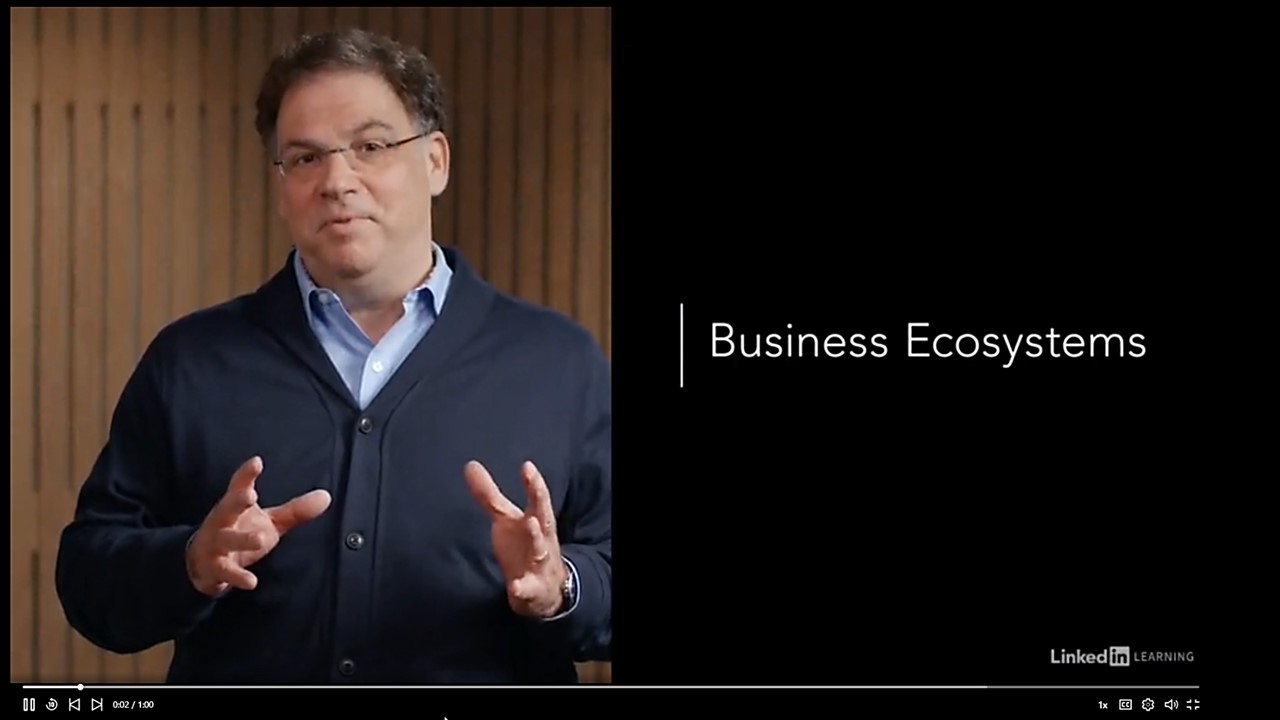By Ben Gomes-Casseres | Originally in HARVARD BUSINESS REVIEW |
Behind every partnership lurks an “incomplete contract” — a concept for which Harvard’s Oliver Hart just earned a Nobel prize in economics with MIT’s Bengt Holmstrom, who worked on related topics. This Nobel is the third to go to scholars working on what economists today call contract theory. The late Ronald Coase, the grandfather of the field, and UC Berkeley’s Oliver Williamson have already received Nobel prizes in economics for this line of thinking.
The school of thought has tremendous implications for how businesses are organized. I’ll focus here on the implications for business partnerships: joint ventures, alliances, supplier relationships, and channel partnerships.
First, let’s review the theory — a little of it goes a long way. The theory holds that the contracting costs between economic units are shaped by the nature of the interaction between them. These costs are not operational costs, such as commission fees or transportation costs. Instead, they stem from the lack of clarity and enforceability of the terms of the interaction and each unit’s dependence on the interaction. And, in the words of today’s prize winners, they cause contracts to be incomplete.
Here are some of the typical situations that lead to this problem in business partnerships.
Difficulties in Negotiating a Transaction
- Constraints on due diligence limit the information available to negotiators.
- Changing technology and markets make it impossible to foresee future contingencies.
- Uncertain project requirements make it impossible to specify all costs and benefits.
Difficulties in Monitoring an Ongoing Transaction
- Companies have information and conduct actions that are hidden, intentionally or not.
- The value of some inputs or outputs may be impossible to measure.
- Links to other projects make it hard to isolate costs and benefits of the transaction.
Difficulties in Enforcing an Agreement
- Weak intellectual property laws prevent a firm from resorting to courts.
- It may be hard to enforce agreements without actually threatening a breakup.
- Dependence on a transaction leads to a risk of being held up.
When managers spot these sorts of problems on the horizon, a deal that potentially will create value may not get done because the contract is bound to be incomplete. The danger is that the contract will not specify how to resolve conflicts in the future. This is because the agreement between the parties does not cover all contingencies, all issues, or all possible states of the world. Such gaps are common, but not because the lawyers were lazy or incompetent: In complex tasks, it is simply hard to specify all these things.
Lawyers generally hate to hear the term incomplete contract, especially in front of their business colleagues. That their contracts can never cover all contingencies is a dirty little secret the lawyers tend to keep among themselves. Moreover, the term makes it sound as if the lawyers didn’t cross their t’s and dot their i’s. They prefer other terms, like open-ended and evolving contracts, though those may also suggest a weakness in the legal foundation. In reality, a contract is strong precisely when it has a way to bend in the face of change.
To govern a partnership successfully, then, you need to manage the gaps in the contract. Traditional management techniques call for command and control in these situations, to respond quickly and decisively to new conditions. But this solution is missing from typical partnerships, most of which are characterized by a sharing of control. It may be a formal joint venture with shared ownership or a looser arrangement whereby one party controls certain parts of the joint project and the other party controls others. So, each partner’s control in these combinations is also incomplete.
I’ve used this theory and my own research on management practices to identify ways to manage such partnerships:
- Define what is in and what is out of the collaboration. Good fences make good neighbors, as the saying goes. These fences can reduce the potential for conflicts of interest that make managing incomplete contracts so challenging.
- Define partner roles and responsibilities. The business planning for the partnership need not leave these open, but the assignment of roles must be adjustable over time. To be successful, a partnership must be able to change to respond to new conditions.
- Create processes for making joint decisions. Without this, the new contingencies that will inevitably arise will lead to deadlock. These processes must be embedded in the governance the partnership — in the workings of the JV board, joint steering committee, or other forums.
- Invest resources in relationship management. Social relationships are important in providing both the glue and the grease to help contracts evolve productively. Good chemistry between partners is never enough, but it is a necessary condition for success.
- Purposely build and maintain trust. To do this, select a partner with which you have minimal conflicts, set up a robust governance system, and manage the relationship with care.
In the end, when faced with promising but challenging opportunities to create value in a partnership, managers and lawyers must work together. The contract will shape the relationship, but it will be incomplete. Governance and good partnership management can close the gaps.










